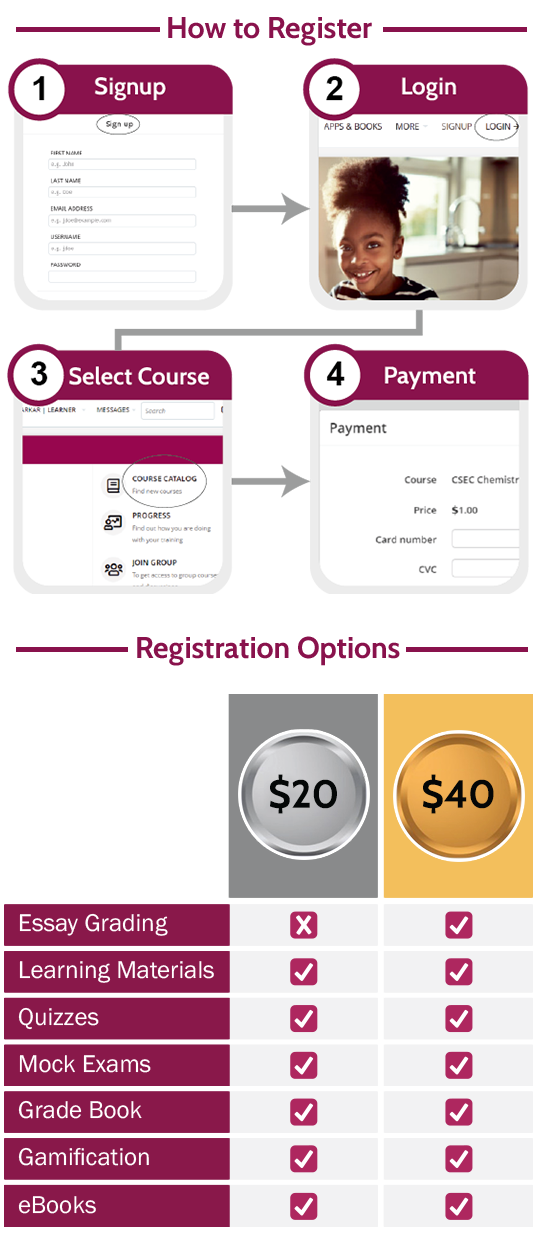Unlock the power of expert mathematics learning for just $1 per week! For a limited time, you can access premium math courses that build confidence and mastery, designed to ensure success in exams and beyond. Don’t miss this incredible offer—invest in your child’s future with world-class education at an unbeatable price!
